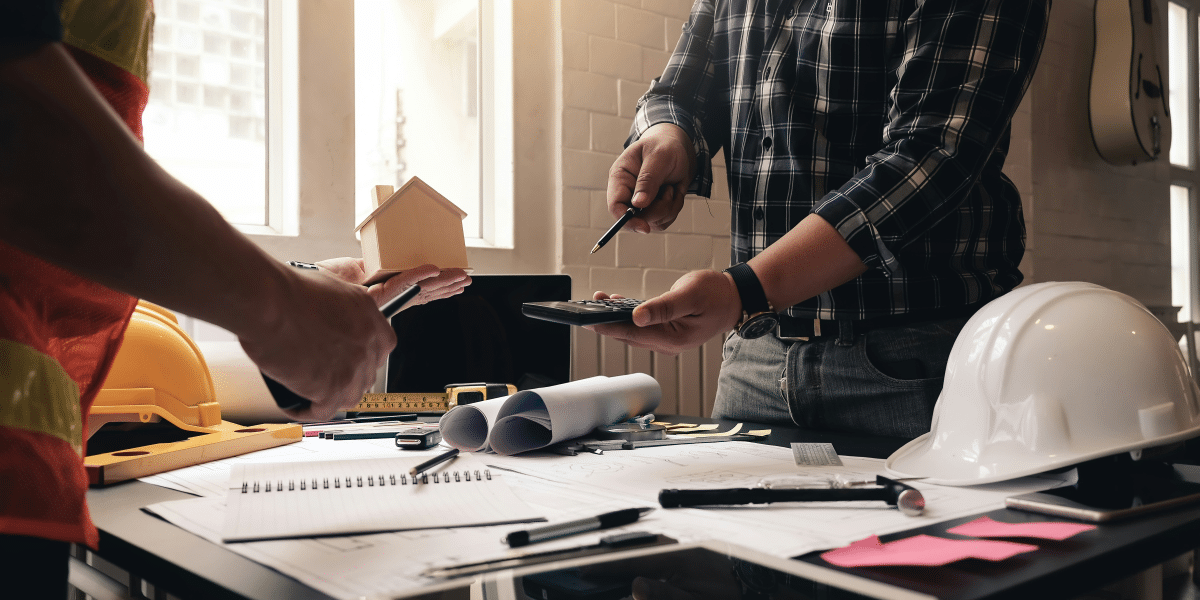When it comes to selling your home, real estate agents like Michelle Kam know that first impressions are everything. Home staging is a crucial step in the selling process that can help your home stand out from the competition and attract potential buyers. This article will discuss effective home staging strategies that can help you sell your home quickly and for top dollar.
1. Declutter and Depersonalize
One of the first steps in home staging is to declutter and depersonalize your space. Remove any personal items, such as family photos and memorabilia, as well as excess furniture and knick-knacks. Clutter can make a space feel smaller and distract buyers from the features of your home. By decluttering and depersonalizing, you can create a clean and neutral canvas that allows buyers to envision themselves living in the space.
2. Clean and Freshen Up
A clean and well-maintained home is more appealing to buyers. Before listing your home, deep clean every room, including carpets, windows, and appliances. Pay attention to details such as grout lines, light switches, and door handles. Additionally, consider freshening up your home with a coat of paint in neutral colors. Neutral colors help create a blank slate that appeals to many buyers.
3. Enhance Curb Appeal
The exterior of your home is the first thing potential buyers will see, so it’s essential to make a good impression. Enhance your home’s curb appeal by mowing the lawn, trimming bushes, and planting flowers. Ensure that the exterior of your home is well-maintained, including the front door, windows, and siding. Adding a fresh coat of paint to the front door and updating the hardware can also make a big impact.
4. Rearrange and Stage Furniture
Proper furniture arrangement can make a room feel more spacious and inviting. Rearrange your furniture to create an open and flowing layout that highlights the features of each room. Consider renting or borrowing modern pieces for staging if your furniture is outdated or worn. Staging furniture can help buyers visualize the potential of the space and can make a significant difference in how your home is perceived.
5. Focus on Key Rooms
When staging your home, focus on the most important rooms to buyers, such as the living room, kitchen, and master bedroom. To highlight their features, these rooms should be clean, organized, and staged. In the living room, consider adding a cozy throw blanket and decorative pillows to the sofa. In the kitchen, remove clutter from countertops and add a bowl of fresh fruit or a vase of flowers. In the master bedroom, make the bed with luxurious bedding and add some decorative accents.
6. Let in Natural Light
Natural light can make a home feel warm and inviting. Open curtains and blinds to let in as much natural light as possible. If your home lacks natural light, consider adding strategic lighting fixtures to brighten dark corners. Well-lit rooms appear larger and more welcoming, which can help attract buyers.
7. Add Finishing Touches
Finally, add some finishing touches to make your home feel inviting and welcoming. Consider adding fresh flowers, candles, or a bowl of fruit to add a pop of color and a pleasant scent. Pay attention to details such as replacing outdated light fixtures, updating cabinet hardware, and fixing minor repairs. These small touches can make a big difference in how buyers perceive your home.
8. Create a Welcoming Entrance
The entrance of your home sets the tone for the rest of the property. Ensure that it is clean, well-lit, and welcoming. Consider adding a fresh coat of paint to the front door, along with a new welcome mat and some potted plants to create a warm and inviting entryway. A well-maintained entrance makes a great first impression and gives buyers a positive preview of the rest of the home.
9. Highlight Unique Features
Every home has unique features that can set it apart from the competition. Whether it’s a cozy fireplace, a stunning view, or architectural details, highlight these features during the staging process. Arrange furniture and accessories to draw attention to these unique elements and showcase them in the best possible light. Pointing out these features to potential buyers can help them see the value in your home and may encourage them to make an offer.
By implementing these home staging strategies, you can create a space that is appealing to buyers and helps your home stand out in a competitive market. Remember, home staging aims to create a welcoming and inviting atmosphere that allows buyers to envision themselves living in the space. With a little effort and attention to detail, you can stage your home for a quick sale and maximize its selling potential.
Published by: Nelly Chavez









